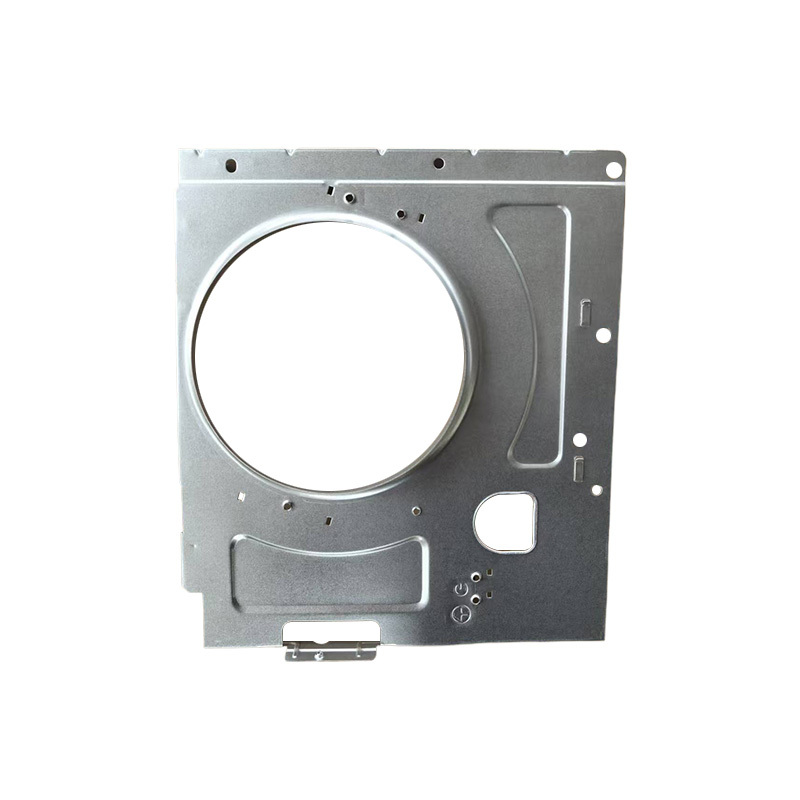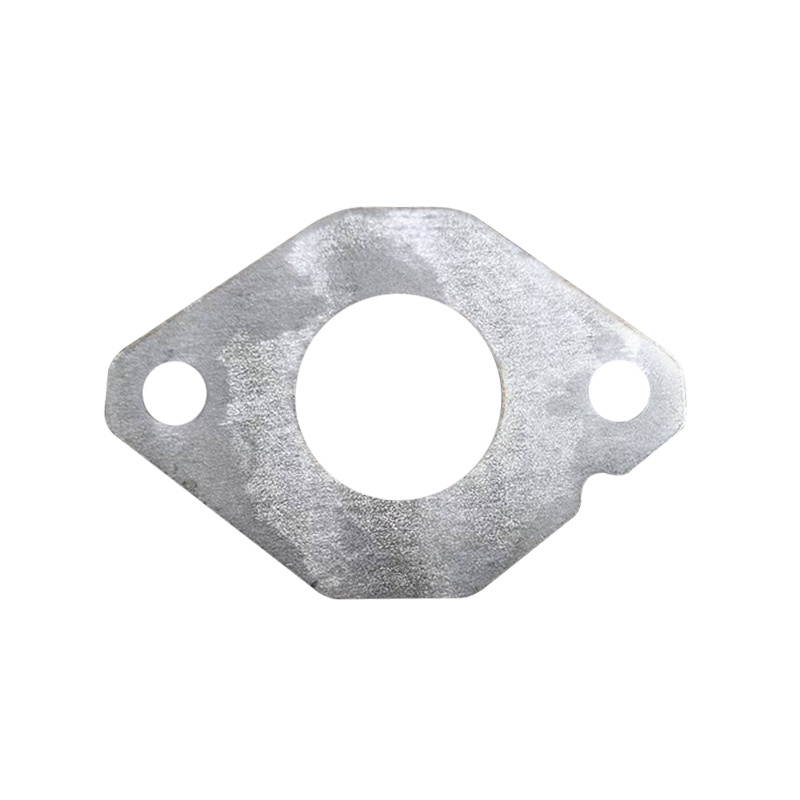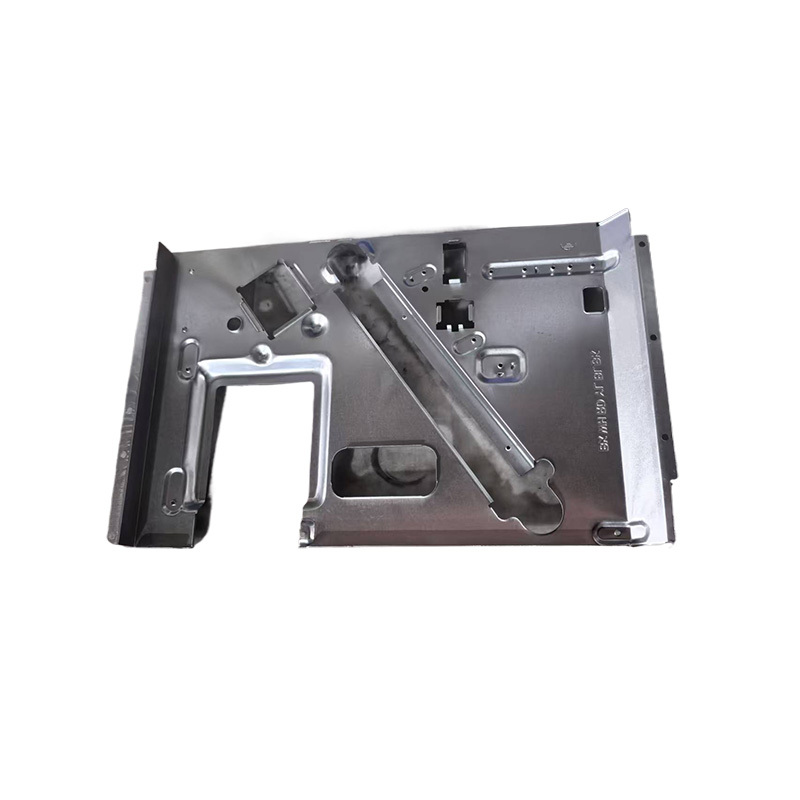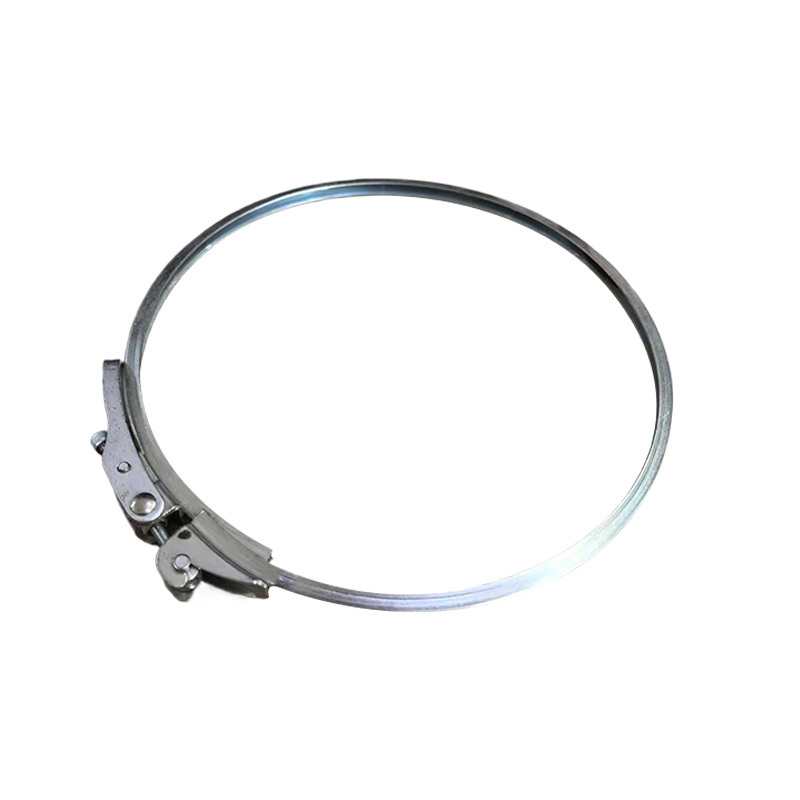Float flow meter
- Commodity name: Float flow meter
- Product Description
-
Overview
The float flowmeter is a variable area flow measuring instrument based on the measurement of the float position. It utilizes fluid dynamics and magnetic coupling principles, featuring a fully welded all-metal robust structure and electrical conversion components with HART communication protocol, suitable for flow measurement of various liquids, gases, and steam.
The float flowmeter offers a variety of optional wetted materials, suitable for most fluid media; explosion-proof and intrinsically safe flowmeters can be used in hazardous locations; multiple installation forms such as vertical, bottom-in-side-out, side-in-side-out, and horizontal installation are suitable for different on-site process requirements. It has been widely used in fields such as petroleum, chemical industry, fertilizers, energy, metallurgy, pharmaceuticals, food, and water treatment over the years.
Working Principle
The float flowmeter mainly consists of a measuring tube component and an indicator component. The measuring tube contains a conical tube and a straight float or a orifice plate and a conical float. When fluid flows through the measuring tube, the float is displaced vertically due to the action of fluid dynamics, eventually coming to rest at a certain position. This float position corresponds to the annular area between the conical tube or orifice plate and the float required for the current flow rate. This is a dynamic balance. The position of the float is coupled to the pointer by its built-in magnetic steel and the magnetic steel in the indicator, indicating the flow value in a non-contact manner. By installing a flowmeter board in the indicator, remote output of flow signals, alarm control, and accumulation functions can be achieved.
Features
1. Single-axis sensitive indication
2. Non-contact magnetic coupling transmission
3. Fully welded all-metal robust structure
4. Multiple installation methods available
5. Suitable for flammable and explosive hazardous environments
6. Suitable for high temperature, high pressure, and highly corrosive media
7. Features local indication, remote transmission, limit alarm, and on-site accumulation functions
8. Reliable operation with low maintenance and long service life
9. On-site key configuration function
10. 4-20mA output (two-wire system), with HART protocol digital communication overlay
11. Users can connect to a PC serial port using dedicated HART debugging software for on-site calibration and configuration of the instrument.
12. Supports dual-variable display; instantaneous flow rate, accumulated flow rate, percentage flow rate, and output current can be displayed alternately.
Technical Parameters and Functions
1. Measurement range: Water (20℃): 16-150,000 l/h; Air (0.1013 MPa, 0℃): 0.5-4,000 m3/h
2. Accuracy level: Standard type: ±1.5% FS; Special type: ±1.0% FS
3. Range ratio: 10:1
4. Working pressure: Standard type: DN15-DN50 PN4.0 MPa; DN80-DN150 PN1.6 MPa; Special type: DN15-DN50 PN25 MPa; DN80-DN150 PN16 MPa
5. Medium temperature: Standard type: -80℃ to +300℃; PTFE type: -25℃ to +80℃
6. Medium viscosity: DN15: <30 mPa·s; DN25: <180 mPa·s; DN50-DN80: <220 mPa·s; DN100-DN150: <300 mPa·s
6. Ambient temperature: Local indication type: -40℃ to +120℃; Remote accumulation type: -40℃ to +80℃
7. Connection flange: Standard type: DIN2501: DN15-DN50/PN4.0 MPa RF; DN80-DN150/PN1.6 MPa RF; ANSI B16.5: 1/2"-6"150 lbs/RF or 300 lbs/RF
Special type: Any flange standard specified by the user, such as HG, HGJ, GB, JB, SH standards.
8. Insulation jacket: Nominal pressure: PN1.6MPa; Connection flange: DN15 PN4.0
9. Power supply: 24VDC, 3.6V rechargeable lithium battery
10. Explosion-proof mark: Intrinsically safe type: iaⅡCT6; Explosion-proof type: dⅡCT6
11. Output: 4-20mADC with HART digital communication protocol overlay
12. Electrical interface: M20×1.5 or 1/2"NPT
13. Protection level: IP65
Additional Structure
1. Insulation and cooling jackets
(a) For fluids with low temperatures that are prone to crystallization in pipelines, insulation measures should be taken at the measuring tube of the flowmeter by selecting an insulated jacket type flowmeter to ensure normal liquid flow for accurate measurement;
(b) For liquid media with high temperatures that are prone to vaporization or fluid media temperatures above 200℃ that require instruments with remote transmission functions, cooling measures should be taken at the measuring tube of the flowmeter by selecting a cooling jacket type flowmeter to ensure measurement accuracy and normal signal transmission;
(c) The insulation and cooling jackets use φ14 or φ18 seamless pipes welded with DN15 PN4.0 RF flange interfaces connected to insulation or cooling media. Typically, steam is used as insulation media and cold water as cooling media;
2. High-temperature type indicator
For measured media with a temperature above 200℃, and where the instrument is required to have electrical remote transmission capabilities, while cooling measures are not advisable in the process, a high-temperature indicator should be selected to ensure the stable operation of the electronic components of the flowmeter. The high-temperature indicator extends the neck of the standard indicator by about 50mm, increasing the distance between the electronic components inside the indicator and the high-temperature medium in the measuring tube, significantly reducing the temperature impact of the measured medium on the electronic components inside the indicator.
3. Damping Device
When there are pressure fluctuations in the measured medium causing unstable flow, a damping device needs to be added inside the sensor. The damping device can mitigate the impact of unstable medium pressure on the sensor, allowing on-site indication and remote output signals to change smoothly. This not only extends the service life of the flowmeter but also ensures the accuracy and controllability of on-site readings and remote signals.
Generally, when the installation position of the flowmeter is close to power pumps, valves, and other pipeline throttling devices, and when the measured medium has pulsations or experiences considerable pipeline vibrations, a damping device is required for the flowmeter.
For gas measurement media, to ensure stable operation of the flowmeter, each flowmeter is equipped with a damping device before leaving the factory. In other words, for metal tube float flowmeters measuring gas, a damping device is standard equipment.
Note: Regardless of whether a damping device is installed on the flowmeter, it is essential to open the valve slowly during operation.
Key words:
Product inquiry
If you are interested in our products, please leave your email, we will contact you as soon as possible, thank you!
Related Products
OEM
From precise design drawings, to rigorous production processes, to strict quality testing, we always uphold the spirit of ingenuity, the pursuit of every detail of the perfect. Our team has a wealth of industry experience and technical strength, according to your specific needs, to provide personalized customized services, to ensure that each product can meet your expectations.











